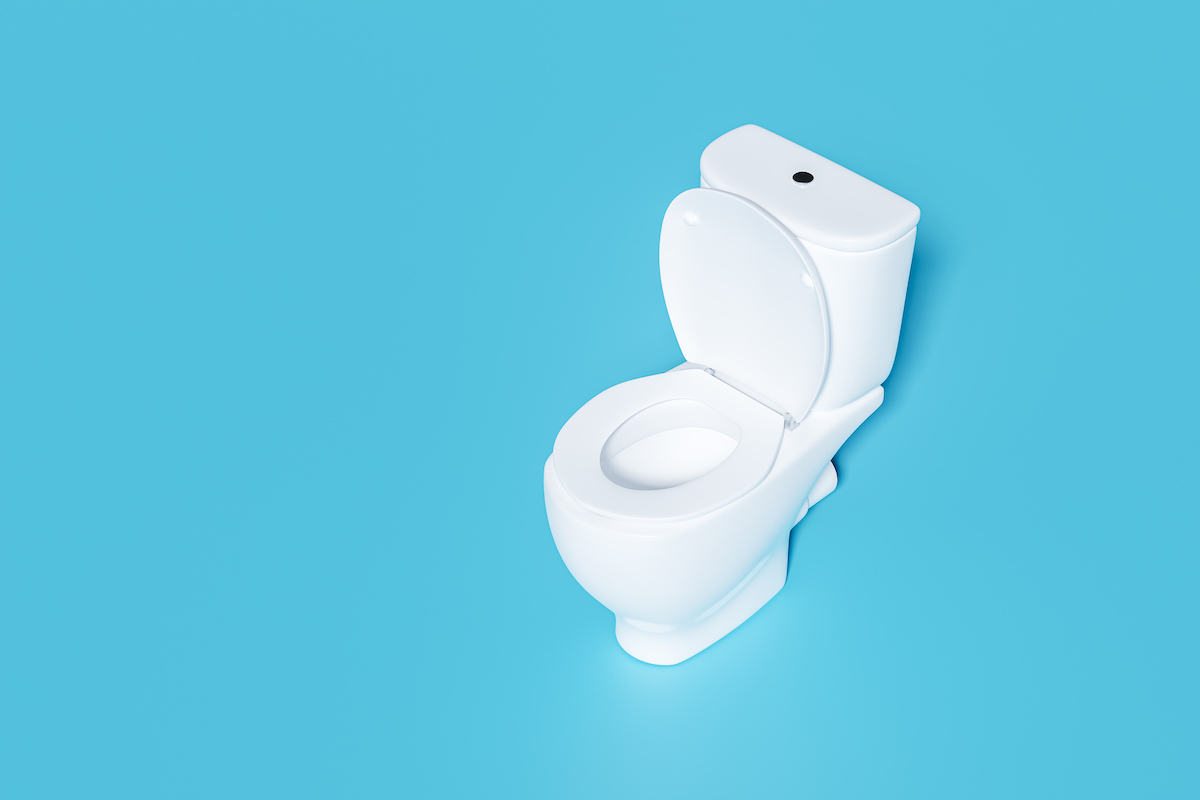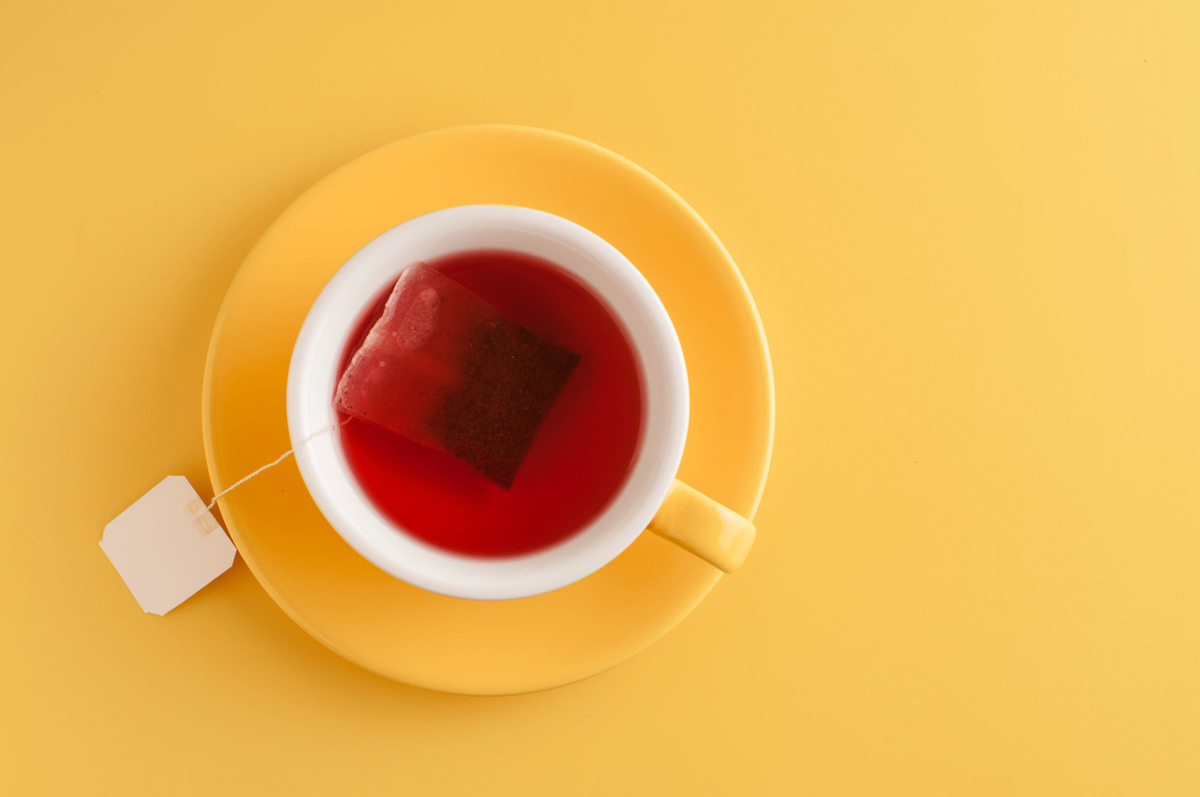I was diagnosed with hyperemesis gravidarum during my first pregnancy. While I love my daughter and would love to have more children, I cannot be that miserable for nine-plus months again. I saw a headline recently about new research that could lead to a treatment for HG. Is that true?
—A mom looking for hope
Nausea and vomiting in pregnancy is, in my view, one of the areas where we most egregiously ignore the magnitude of people’s experiences. Most women experience some pregnancy nausea, and a large share of it is relatively mild (though still challenging). For women with more severe nausea, though — whether or not it is classified as hyperemesis gravidarum — the experience can be debilitating and feel dismissed.
In our upcoming book about pregnancy complications, The Unexpected, this is one of the first issues we discuss. Unfortunately, treatment options for severe nausea in pregnancy have been limited, in part due to the poor understanding of why some people have more severe nausea than others. For this reason, research into this question, like this new paper, is encouraging.
The new research on this topic is forthcoming in the journal Nature. The paper presents a plethora of new evidence on the role of a particular hormone — GDF15 — in driving nausea and vomiting in pregnancy. The mechanistic story that the paper tells is the following: The fetal-placental unit (the fetus plus the placenta) produces this GDF15 hormone in varying concentrations. Most women have low levels of this hormone prior to pregnancy, and if the fetoplacental hormone levels are high, this produces a high level of nausea.
Further, women with an already high level of this hormone do not seem to be responsive to the pregnancy-related increases in it, meaning they do not experience nausea and vomiting to the same degree. Evidence from mice suggests that this is because the system can become desensitized to the hormone changes.
What is excellent about this paper is the sheer number of different pieces of evidence the authors bring together. They show correlations in the cross section between the level of this GDF15 hormone and nausea, both overall and severe. They have evidence from genetic variation and evidence from women with a particular condition that generates high levels of this hormone in the non-pregnant state. There is mouse evidence. In the end, I think it is really, really clear that there is a causal link between this hormone and nausea and vomiting.
This indicates possible directions for research on treatment, which could target this hormonal path in varying ways.
I do think it’s important not to overstate either the explanatory power of the hormone or the immediacy of treatment options. If you look at the data in the paper, we see that women who are more nauseous have higher GDF15 levels, but the distribution in hormone levels significantly overlaps. There are people with high levels of this hormone with no nausea and others with low levels who are very sick.
Put differently: the evidence in the paper does indicate this is one factor but also shows that it is definitely not the only factor.
In addition, this finding doesn’t immediately translate to a treatment option. It points to new directions for research, but it isn’t as though we just package some version of this hormone into a pill and we’re done. From an academic standpoint, this paper is about as good as it gets. But there is more work to do.



















Log in